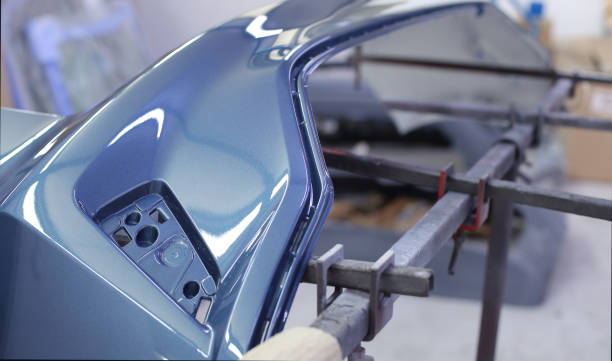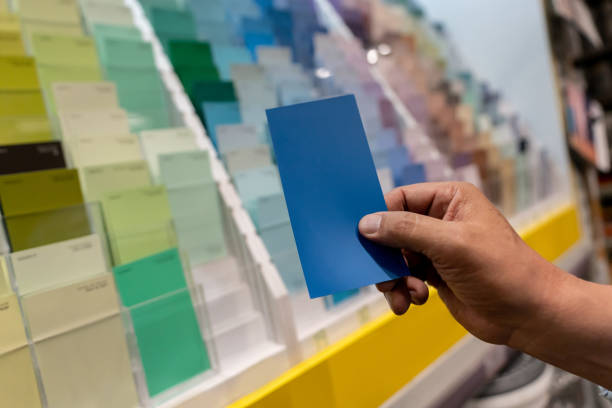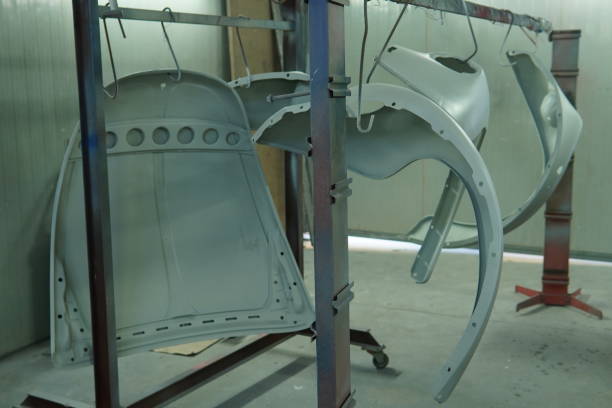Why Am I Getting Orange Peel in My Powder Coating Finish?
If you’ve ever stepped back after a powder coating job and noticed a surface that looks more like the texture of an orange peel than the smooth, sleek finish you expected, you’re definitely not alone. This bumpy, uneven look can be frustrating—especially after you’ve invested time, effort, and materials into achieving a flawless powder coating finish. While a mild orange peel texture is sometimes considered acceptable in industrial settings, a severe orange peel effect can dull the appearance, make surfaces harder to clean, and even give customers the impression of poor quality workmanship.
The good news? Orange peel is one of the most common issues in the powder coating process, and it is almost always preventable. By understanding what causes this texture and knowing how to adjust your powder coating film, curing conditions, and application techniques, you can bring your finishes back to the smooth, consistent look your projects deserve. Let’s break down the real reasons behind orange peel—and what you can do to fix it.
Incorrect Film Thickness: A Primary Cause of Powder Coating Texture Issues
One of the most common reasons for orange peel is applying the powder coating film at an improper thickness. Insufficient material cannot fully melt and flow out into a smooth surface. As the powder particles cure, gaps and uneven textures become more visible, resulting in a rough finish. On the other hand, excessive powder build can cause surface tension issues during the melt and flow stage. The excess powder struggles to level uniformly, which results in a waviness or thick texture across the cured film.


How Powder Coating Curing Problems Create Orange Peel
Improper curing settings inside your oven can also create uneven textures in the powder coating finish.
- Low curing temperature:
If the substrate doesn’t reach the required temperature, the powder will partially melt but never fully flow out. The result is a textured surface similar to fine sandpaper.
- Short curing time:
Insufficient time prevents complete leveling. You may visually see gloss variations or inconsistent flow lines across the surface.
- Uneven oven temperatures:
Hot and cold zones inside the oven cause different areas of the part to cure at different rates. Some spots level properly, while others develop orange peel.
Powder Coating Material and Substrate Prep Factors
Sometimes the issue lies not in the equipment—but in the powder or the material being coated.
- Powder formulation differences:
Certain powder coating types such as texture or hammer-tone powders are designed to create a structured appearance. However, poor quality or improperly stored powders can unintentionally produce orange peel.
- Moisture absorption:
Powders that have absorbed humidity tend to clump and melt unevenly, affecting leveling and surface flow.
- Cold substrates:
Spraying powder onto a cold metal surface can disrupt electrostatic attraction and slow down film flow during curing.
- Contaminated surfaces:
Oil, dirt, silicone, rust, and even fingerprints can interfere with the smooth melting of the powder coating film.


Optimizing Your Powder Coating Application Technique
Even with correct powder and curing, application mistakes can still lead to orange peel.
- Spray gun distance:
Holding the spray gun too close results in an overly thick powder layer, while spraying too far away can create an uneven distribution.
- Incorrect atomizing air pressure:
Excessive air pressure can blow already-deposited powder off the surface or create turbulence in the powder cloud. Low pressure may cause poor charging and low transfer efficiency.
- Inconsistent spray movement:
Uneven overlap, hesitations, or rapid motion can result in texture differences once cured.
Conclusion
Orange peel may be a common issue in the powder coating process, but it is far from unavoidable. By controlling your film thickness, ensuring proper curing conditions, preparing your substrate correctly, and refining your application technique, you can significantly improve the quality and consistency of your powder coating finish. Each variable plays a role in how smoothly the powder coating film melts and flows, and even small adjustments can make a noticeable difference. If you continue to experience surface texture issues, consider upgrading your equipment or consulting with a trusted powder coating supplier for technical support and optimized solutions.

